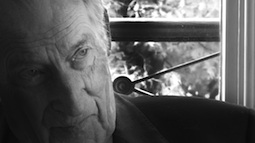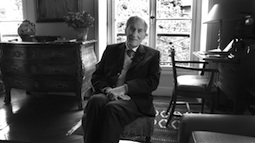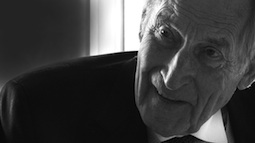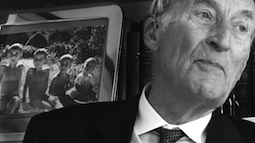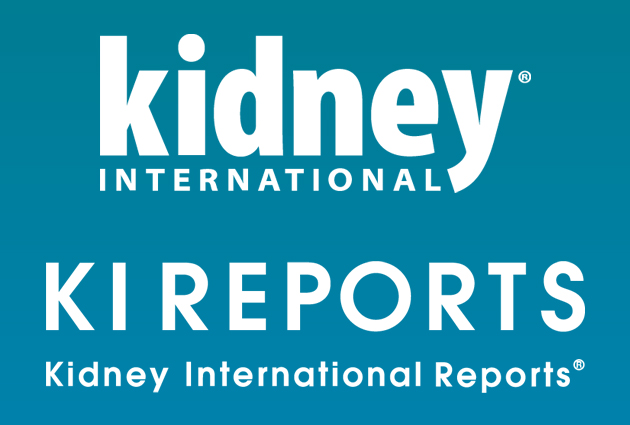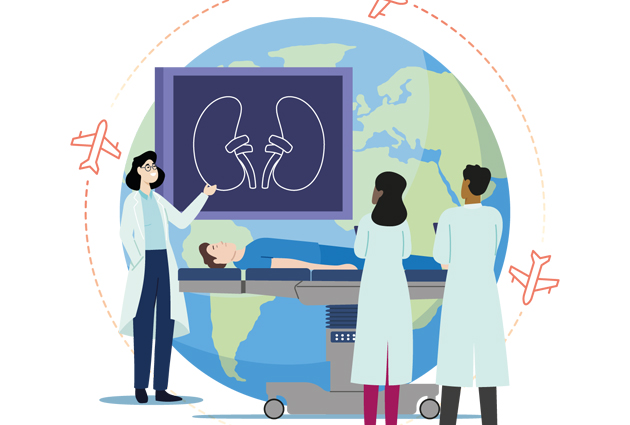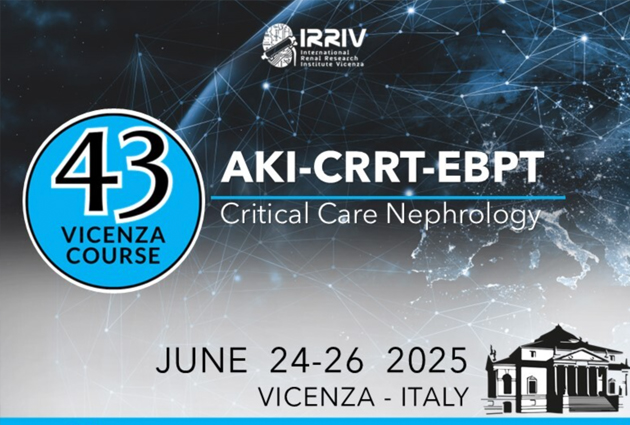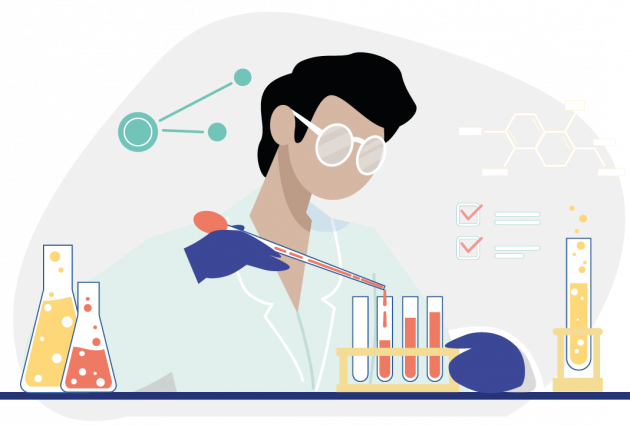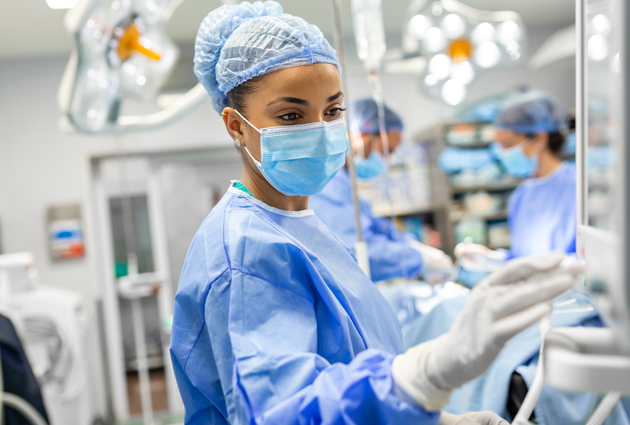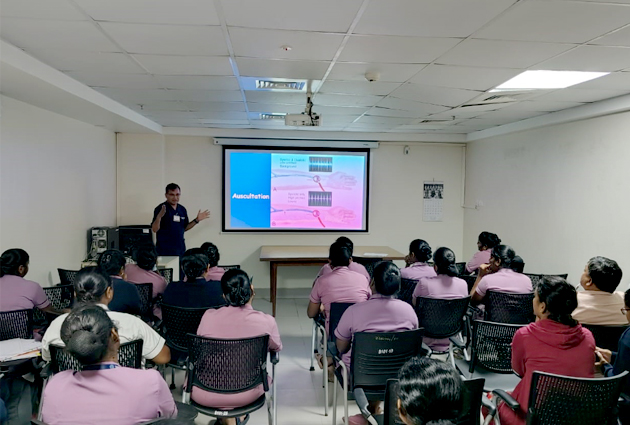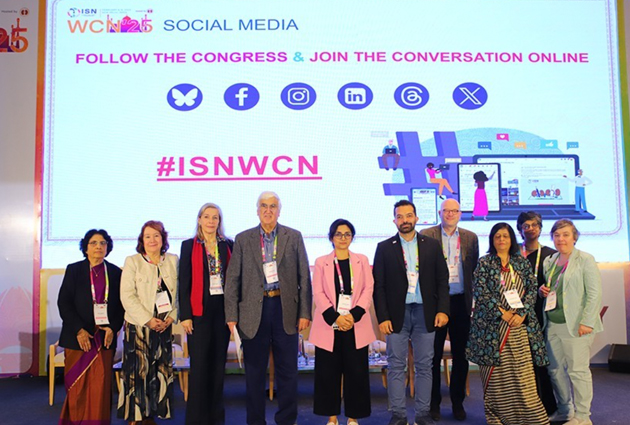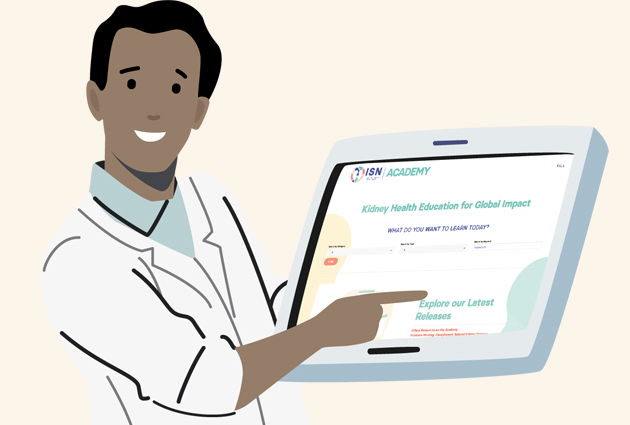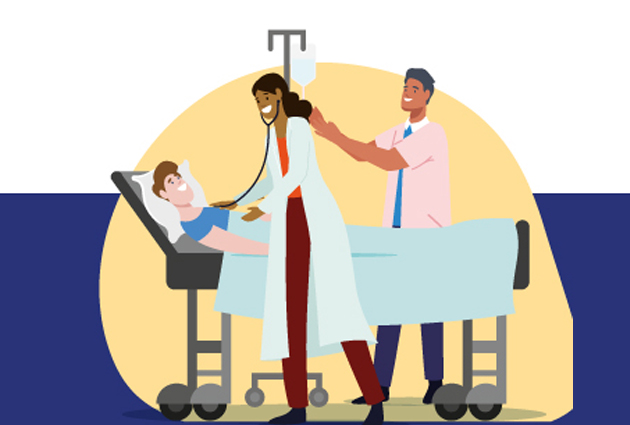Gabriel Richet (1916-2014)
ISN announces with regret the death of Gabriel Richet. One of the early giants of French and international nephrology, he was a founding member of ISN. Among his many roles in ISN leadership, he was co-General Secretary of ISN’s first Congress in Geneva and Evian in 1960, and ISN President from 1981-84.
Born in 1916 during the First World War, Gabriel Richet was the fourth of a lineage of famous medical faculties, all professors at the Faculté de Médecine in Paris, including his grandfather Charles Richet who was awarded the Nobel Prize in 1913 for the discovery of anaphylaxis. Gabriel Richet was 23 years old at the outbreak of the Second World War. He had just passed the highly competitive residency examination. He was called up and actively participated in the France military campaign. After being shortly held in captivity, he returned to Paris and resumed medical activities. All members of his family actively participated in the fight against occupation. His father, Charles Richet, was deported to Dachau, his brother Olivier to Dora, his cousin Jacqueline Richet-Souchère to Ravensbrück. His mother Marthe was put in jail at Fresnes (close to Paris). Soon after the liberation of France, Gabriel Richet enrolled in the army under the high command of General Leclerc whose army freed Strasbourg in November 1944. In the first months of 1945, fights continued in the area of Colmar in the South of Alsace where Gabriel Richet was active as a doctor of the French commandos. He was injured, received three military citations and was decorated with the award of “Chevalier de la Légion d’Honneur” by the General de Gaulle in April 1945.
Demobilized from the army, Gabriel Richet joined the department of Louis Pasteur Valléry Radot where he met Jean Hamburger whom he followed to Necker Hospital to establish in 1950 the first French department of nephrology. He remained the assistant to Jean Hamburger for 10 years and ranked with him among the rebuilders of the after-war French medicine. At the Necker, he introduced treatment of acute kidney injury with the artificial kidney which dramatically improved the prognosis of post-abortum sepsis and crush syndrome. He participated in all the works and studies that contributed to the worldwide reputation of this department. Among those, the first allogenic kidney transplantation from a mother to her son which opened up exciting perspectives and success, the breaking up of glomerular nephropathies that was made possible by histological analysis of kidney biopsy specimens, the first kidney studies by electron microscopy, the demonstration that the deadly prognosis of end-stage renal disease was dependent on electrolyte disorders rather than uremia. As early as 1955, he developed with Jean Hamburger and Jean Crosnier the concept of renal intensive care (réanimation médicale) aimed at correcting disorders of the major metabolic functions, thus opening new therapeutic perspectives.
In 1961, Gabriel Richet came to Tenon hospital, at that time in the middle of nowhere, where he founded a renal clinical and research center. His first objective was to create a team with Claude Amiel, Raymond Ardaillou and Liliane Morel-Maroger, later joined by Françoise Mignon, Jean-Daniel Sraer, Pierre Ronco, Eric Rondeau and many others. He was supported by Assistance Publique-Hôpitaux de Paris (the institution of hospitals in Paris) which erected a new building for clinical wards and laboratories, by INSERM (the French NIH) which created a research unit under his direction located in new facilities, the University, the Claude Bernard Association and the CNRS (National Center for Scientific Research), which provided equipment and consumables. Gabriel Richet wanted Tenon to become a center of excellence for renal diseases as well as an intellectual haven (a “foyer intellectuel” as he often said). He fully succeeded if one counts the large number of fellows from many countries all over the world that were trained in the Tenon Babel tower and became a member of his “school”. He considered that each of them was a great contributor to the collective advancement of knowledge and to the success of Tenon. It is obviously impossible to describe here the works and discoveries that took place during this 24-year period. Suffice to say that Gabriel Richet had his own group of research and was proud of the discovery of the dark cells of the collecting duct, now called intercalated cells, which play an important role in acid-base control. But even more importantly, he let a great freedom to all his collaborators in the choice of their own research project and was very happy when they reached international recognition.
Gabriel Richet is one of the early giants of French and international nephrology. He was a founding member of ISN. Among his many roles in ISN leadership, he was co-General Secretary of ISN’s first Congress in Geneva and Evian in 1960, and ISN President from 1981-84. He received many awards including Honoris Causa Degrees; among those awards, the most prestigious probably was the Jean Hamburger Prize of the ISN in 1993. Gabriel Richet was appointed Grand Officer of the French Legion of Honour.
On his retirement in 1985, Gabriel Richet’s heritage included two renal divisions with quite different medical orientations, a clinical investigation center, an INSERM research unit, without counting the many nephrology and physiology departments directed by his fellows in France and far beyond. Thanks to his impetus, Tenon hospital has conserved a high standard in the concert of international nephrology. The deeply translational spirit of the medical and scientific actors, the available facilities and the nephrologists that are working there carry the trademark of this charismatic Great Master who has profoundly imprinted nephrology, which he contributed to establish.
This obituary was contributed by Raymond Ardaillou, secretary to the National Academy of Medicine, and Pierre Ronco, director of the department of nephrology and dialysis and of the INSERM research INSERM 1155 at Tenon hospital, Professor of renal medicine at University Pierre et Marie Curie, and member of the National Academy of Medicine.
